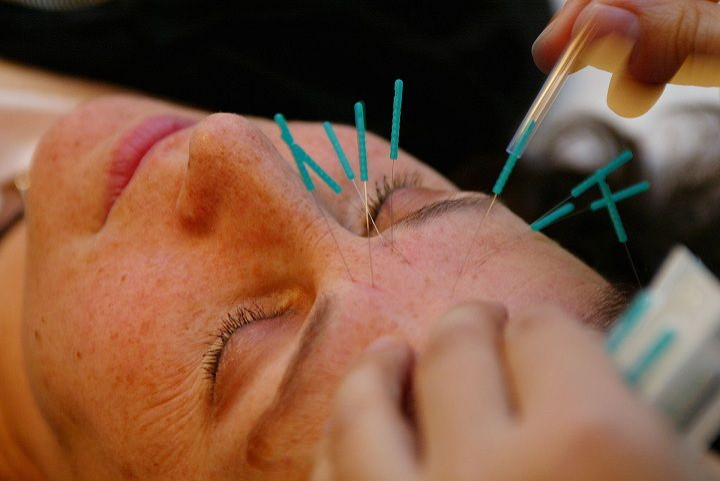Not Quackery: Acupuncture Does Relieve Pain

Acupuncture is better than placebo or "sham" acupuncture in relieving pain, a new study says.
Acupuncture has been shown to be effective in relieving pain and nausea in people receiving chemotherapy. The mechanism of action, however, is not yet known. Researchers say that there is more to acupuncture than just a placebo effect.
The study was based on review of data available from previous research studies involving more than 17,000 people from the United States, United Kingdom, Germany, Spain and Sweden.
Researchers described sham acupuncture as needles that were superficially inserted in the body or use of needles that retracted into their handle. Some other sham techniques included use of lasers and electrical stimulation.
"We found acupuncture to be superior to both no-acupuncture control and sham acupuncture for the treatment of chronic pain. Although the data indicate that acupuncture is more than a placebo, the differences between true and sham acupuncture are relatively modest, suggesting that factors in addition to the specific effects of needling are important contributors to therapeutic effects," the authors write.
Researchers found that study participants reported to have less pain after receiving either placebo or sham acupuncture.
Acupuncture is a practice of stimulating certain points in the body to relieve pain and increase well-being. The practice originated in China and other Asian countries more than 2,000 years ago. The most common type of acupuncture in the U.S involves insertion of thin needles through skin.
Proponents of acupuncture say that the technique is effective in helping people quit smoking. A related study found no such evidence but added that acupuncture may be better than doing nothing in helping people quit smoking.
According to latest estimates, at least 3 million Americans visit acupuncture clinics per year, says National Institute of Health.
The study was published in the Archives of Internal Medicine.



























